An Angus mum whose daughter took her own life after viewing harmful content online is backing calls for an advocate to represent children.
Sophie Parkinson, from Liff, died in March 2014 at the age of just 13.
She had been self-harming and had looked at suicide websites, despite her mum Ruth Moss limiting how long she spent on social media.
Since then, Ruth has been pushing for stricter regulation of social media.
The UK Government’s Online Safety Bill – which will be debated by the Lords next week – is seeking to address this.
But Ruth wants it to include an independent advocate for children’s safety.
‘Someone needs to be legally representing children’
The independent advocate would be in place to promote, protect and represent the interests of children and provide them with direct representation.
It would also spot emerging risks to children, act as an early warning system and ensure that these risks are swiftly tackled by tech firms.
It comes after a YouGov poll of UK adults – commissioned by the NSPCC – found that nine out of 10 of the 153 people polled in Scotland welcome an advocacy body.
Ruth said: “Someone needs to be legally representing children, to ensure that in future, they have a voice, and that harm is prevented.
“The internet is a fast-moving, ever-changing environment. Children and parents cannot be expected to keep up with the latest internet risks, as effectively as an expert children’s advocacy organisation could.
“A children’s advocacy organisation would be able to concentrate on the processes and safety design of tech platforms, identifying risky design features and problems before they happen.”
The Online Safety Bill has attracted criticism from some technology firms including WhatsApp, which is concerned it could undermine end-to-end encryption.
NSPCC chief executive Sir Peter Wanless said: “The government’s Online Safety Bill will bring in much-needed regulation, but it has been contested by an industry for which children’s safety is too often an afterthought.
“Ofcom will become regulator with child sexual abuse taking place at record levels online and children still being bombarded with suicide content and misogynistic hate driven by aggressive algorithms.
“Despite this, some companies will be resistant to change their business models and Ofcom would benefit from expert support to help clean up decades-worth of harm that is the result of failed self-regulation in the tech sector.
“A statutory child online safety advocate will be crucial for successful regulation. It will give a powerful voice to the experiences of children and act as an early warning system that embeds a focus on prevention into decision making.”
A government spokesperson said: “We are deeply concerned about the widespread availability of harmful content online for children, and we are working across government and with stakeholders including NSPCC to tackle this.
“The Online Safety Bill will ensure there are opportunities for children’s voices to be heard and the issues raised acted upon.
“That is why we have named the Children’s Commissioner as a Statutory Consultee for Ofcom, who will now have duties requiring them to understand the experiences of children by consulting widely when developing the codes of practice.”
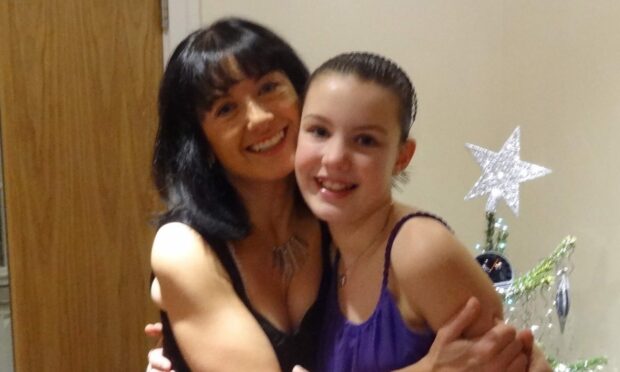
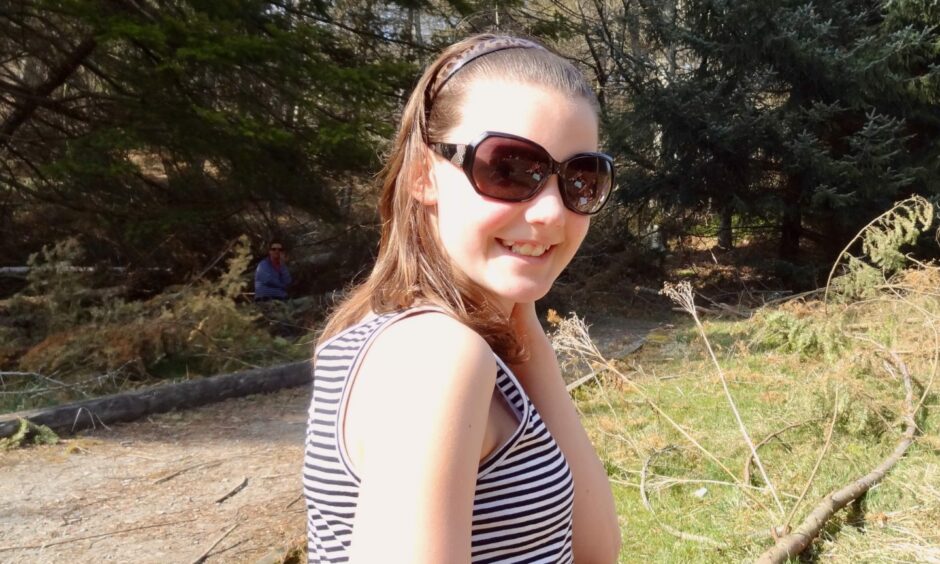

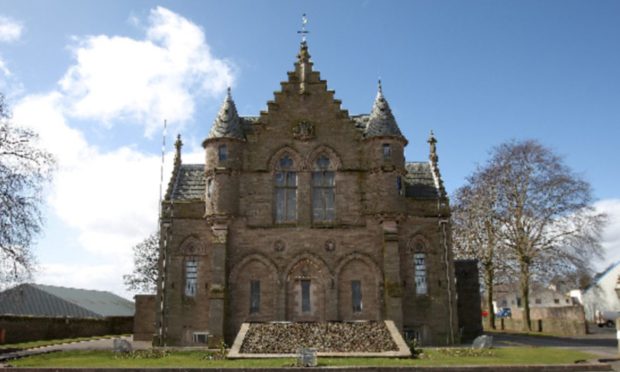
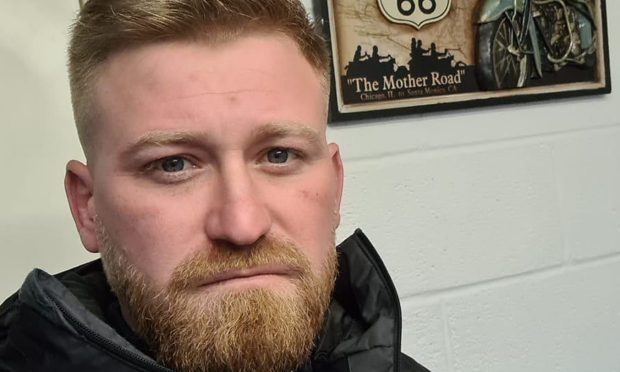
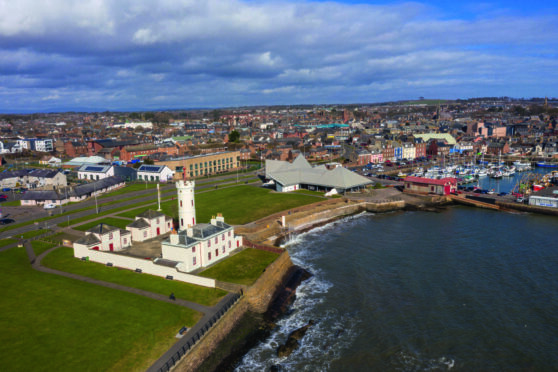


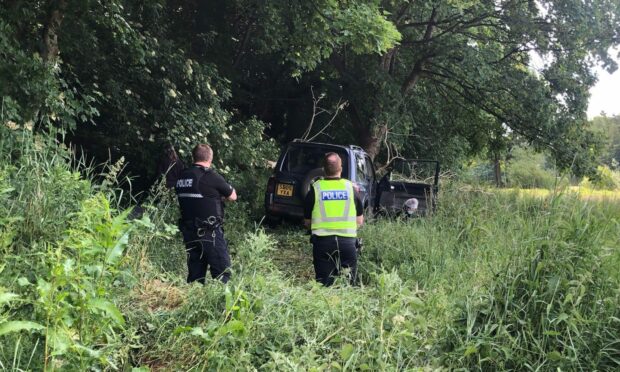
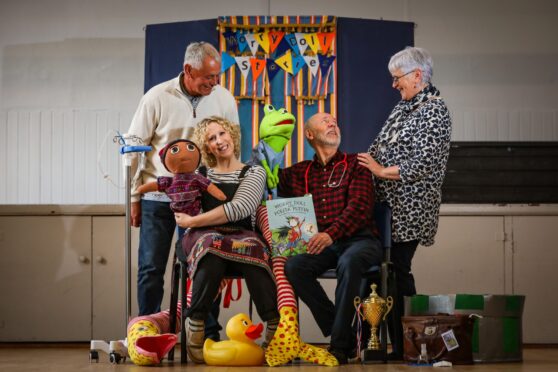

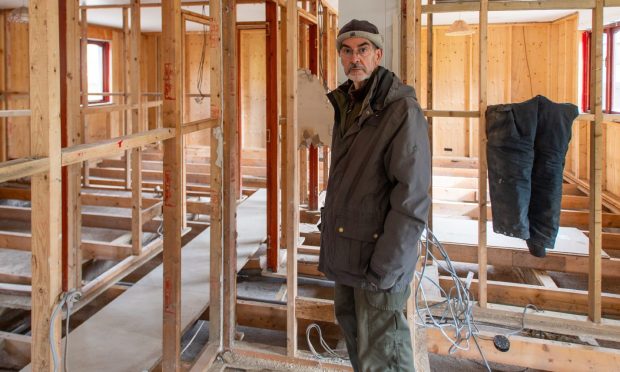
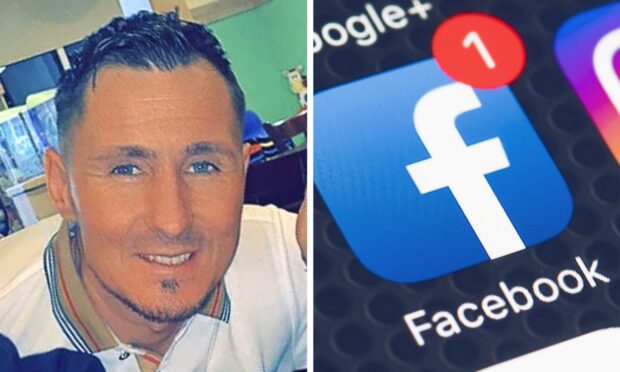
Conversation